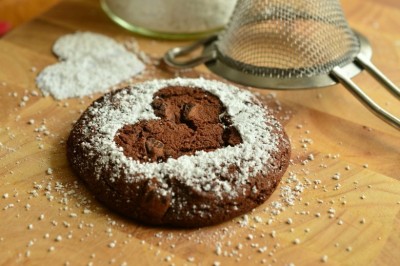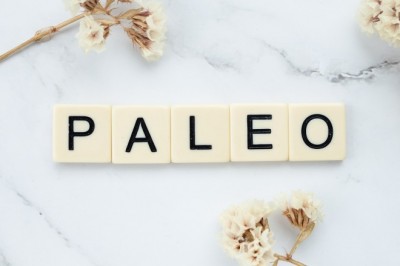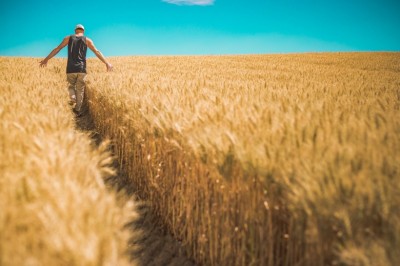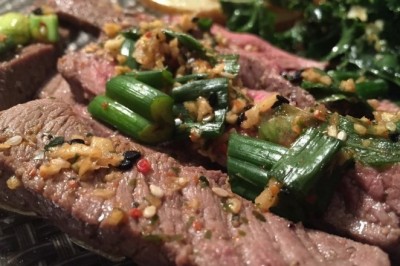How To Become A Better Chef
Cooking is the process of using heat to prepare foods for consumption. Many common cooking methods involve the use of oil. Frying is cooking in hot oil, sautéing is cooking in a small amount of oil, stir-frying is a Chinese technique of frying quickly in small amounts of oil in a wok, deep frying is completely submerging the food in large amounts of fat, etc. As people have become more health conscious, preparing foods in oil has become less desirable. With the advent of nonstick cookware, sautéing can be done at lower heats using vegetable broth and fruit juices instead of oil. Stewing refers to cooking slowly in a small amount of liquid in a closed container. Slow stewing tenderizes tough cuts of meat and allows flavors to mingle. Another slow-cooking method is braising, in which meat is first browned, then cooked slowly in a small amount of liquid in a covered pan. Poaching is cooking food in liquid below the boiling point, while steaming is cooking food that has been placed above boiling water. Roasting means baking in hot dry air, generally in an oven. Baking refers to cooking in an oven and differs from roasting mainly in its reference to the type of food cooked-for example, one bakes a cake, but roasts a chicken. Another form called broiling means to cook by direct exposure to heat, while barbecue refers to cooking marinated food by grilling. Dining with others is one of the most common and frequent social activities. It can involve a family dinner, a meal with friends, or form part of a ceremony or celebration, such as a wedding or holiday. More and more people study cooking in schools, watch how-to programs on television, and read specialty magazines and cookbooks. In fact, cookbooks as a group outsell any other kind of book except for religious works. Cooking is the act of preparing food for consumption. It encompasses a vast range of methods, tools and combinations of ingredients to improve the flavor and digestibility of food. It generally requires the selection, measurement and combining of ingredients in an ordered procedure in an effort to achieve the desired result. Constraints on success include the variability of ingredients, ambient conditions, tools and the skill of the person cooking. The diversity of cooking worldwide is a reflection of the myriad nutritional, aesthetic, agricultural, economic, cultural and religious considerations that impact upon it. Cooking frequently, though not always, involves applying heat in order to chemically transform a food, thus changing its flavor, texture, appearance, or nutritional properties. There is archaeological evidence of cooked foodstuffs (both animal and vegetable) in human settlements dating from the earliest known use of fire. While cooking if heating is used, this can disinfect and soften the food depending on temperature, cooking time, and technique used. 4 to 60°C (41 to 140°F) is the "danger zone" in which many food spoilage bacteria thrive, and which must be avoided for safe handling of meat, poultry and dairy products. Refrigeration and freezing do not kill bacteria, but slow their growth. Learn about how to bake a potato and how to grow potatoes at the Fruits And Vegetables site.
























